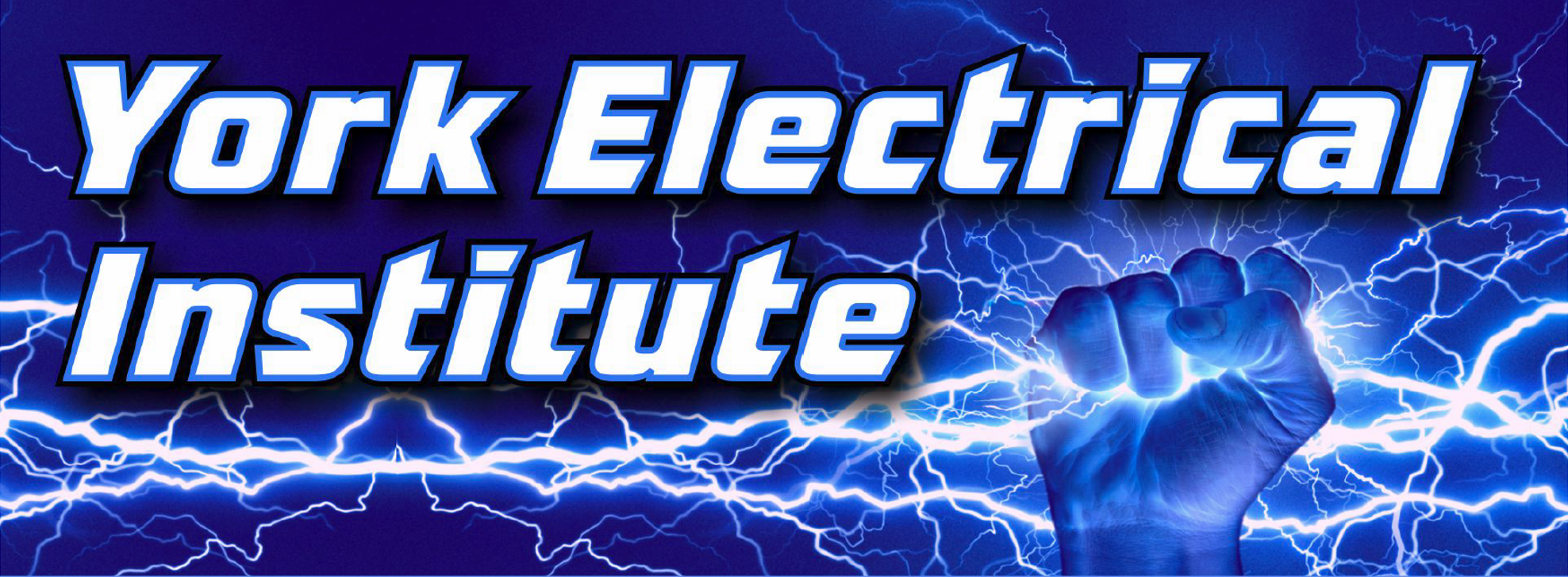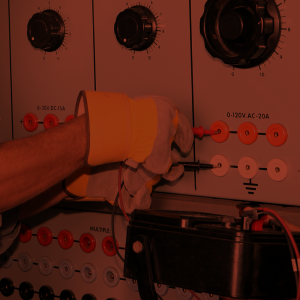York Electrical Institute

JURISDICTION INFORMATION
York and Adams County
Thank you for your interest in the Electrical Workers. Please complete the form below to get started.
"*" indicates required fields
ACCEPTING APPLICATIONS
Accepting applications year-round online or in person. Stop by Monday through Friday from 8am-3pm.
Or start your application online.
Program Length: 5 years
When you accept applications: all year
Do you accept online applications? Yes
For our program, the minimum entry requirements are as follows:
- High School Diploma or Equivalency
- Successful completion of a high school or college Algebra Course.
- Valid Driver’s License
- Proof of Residency in York or Adams County, PA
- Minimum age of 17 years old
Our Affiliates

Inside Wireman
The job of an electrician is to distribute and connect electrical equipment to a power source. Electricians install and maintain various types of electrical systems including lighting, motors, climate control and safety systems found in residential, commercial and industrial facilities. They also install conduit systems that contain wire to carry electricity from motor control centers or panel boards to all equipment that uses electricity. The work of an electrician can vary, as one day they could be installing conduit and next day they could be wiring a control panel. Besides a variation of work, electricians can also work both inside and outside.
Apprenticeship Training
There is a minimum of six periods of apprenticeship. The first two periods, consisting of 1,000 on-the-job training hours each and satisfactory completion of the first year of related classroom training, shall constitute the probationary period. Successive periods will require the minimum hours of on-the-job training hours and an additional year of related classroom training.
Properly trained electricians can work on a variety of types of systems and perform different tasks such as:
- Install new wiring and repair old wiring.
- Install underground power circuit and telephone feeders to entrance facilities.
- Provide or connect to the grounding electrode system.
- Install pathways and spaces for installation of low voltage wiring and pathways and circuit conductors for power distribution.
- Test, certify and troubleshoot all system wiring installations/system.
- Provide power and controls to motor, HVAC and other equipment.
- Install sound and cable TV distribution and local area network systems.
- Generation and energy management systems.
- Establish temporary power during construction.

Voice-Data-Video Technician
A voice-data-video technician installs the network of low voltage cabling used for video, voice and data or other low voltage signaling. They work to route backbone voice and data cables between their entrance into a facility to equipment rooms and telephone rooms. Cables are then routed between telephone rooms or equipment rooms and individual workstations throughout the building. Equipment rooms often contain energized equipment such as hubs, file servers or telephone switches. These devices are configured and connected to the communications network that serves the building, and must not be interrupted as a result of work performed. The voice-data-video technician installs voice and data outlets at workstations and punch down blocks and cross connects in telephone rooms. They may be wall mounted or rack mounted, and must be grouped and identified according to specific installation standards. Many of the work processes of the voice-data-video technician are listed below.
Apprenticeship Training
There are a minimum of six periods of apprenticeship. Each period consists of 800 on-the-job training hours and satisfactory completion of the first year of related classroom training, shall constitute the probationary period. Successive periods will require the minimum hours of on-the-job training hours and an additional year of related classroom training.
Properly trained voice-data-video technician can work on a variety of types of systems, including systems for video, voice and data.
- Install underground voice or data circuit feeders to entrance facilities.
- Provide or connect to the grounding electrode system.
- Install pathways and spaces for installation of low voltage wiring.
- Install, terminate and test wires and cables, both copper and fiber-optic.
- Install, test, certify and troubleshoot local area network (LAN) cabling systems.
- Lay out, install and verify the operation of security and access control systems.
- Install communications and sound distribution systems.





